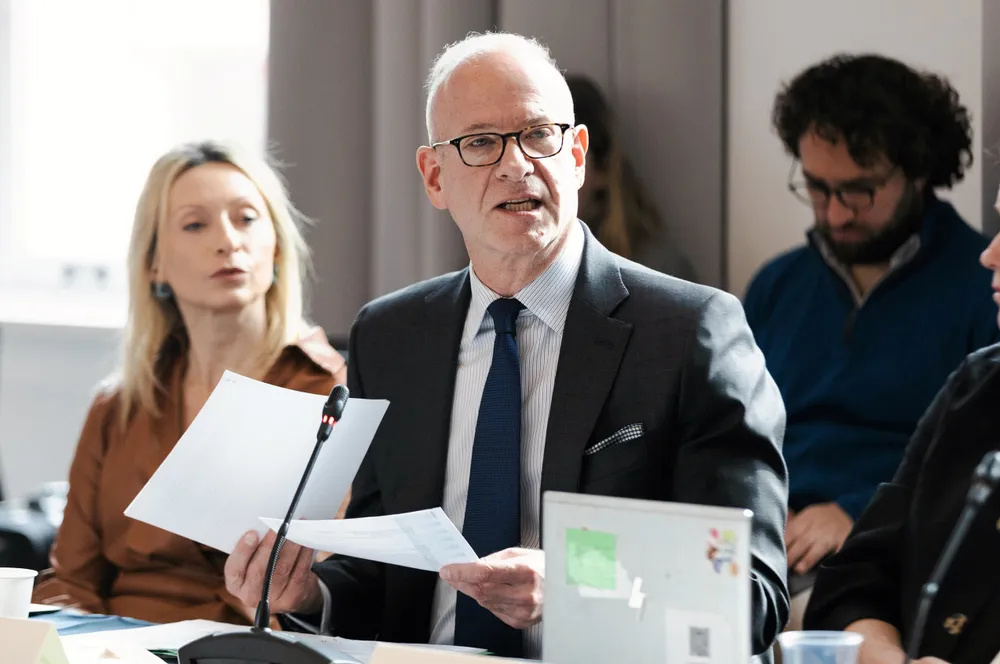INTERVIEW | Why this young green hydrogen developer secured a 5GW electrolyser supply before deciding on projects
First Ammonia is intentionally building its project portfolio backwards, CEO Joel Moser tells Rachel Parkes

First Ammonia is intentionally building its project portfolio backwards, CEO Joel Moser tells Rachel Parkes
